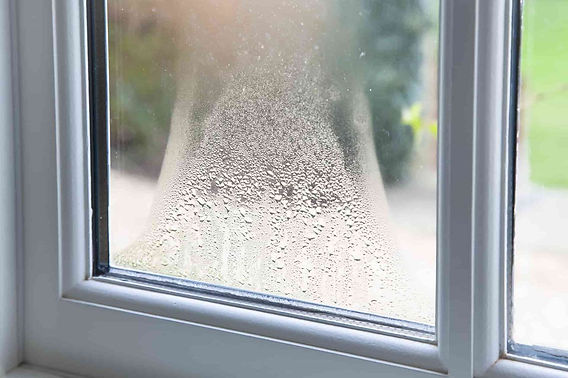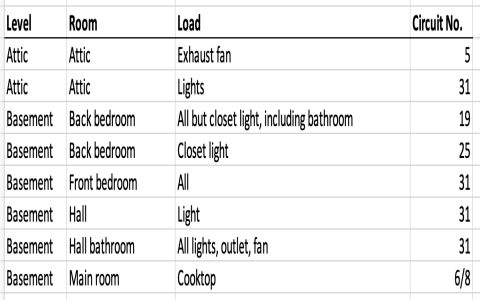A broken window seal, often referred to as a "failed seal," occurs in double-pane or triple-pane insulated glass units (IGUs). These units feature an airtight seal around the glass panes, typically enclosing an inert gas like argon or krypton, or simply dehydrated air for insulation. When this seal is compromised, the window's insulating properties are significantly reduced.
Symptoms of a Broken Window Seal
Key indicators that a window seal has failed include:
- Condensation Between Panes: The most definitive sign is moisture, fog, or frost appearing on the interior surfaces of the glass panes. This happens when the desiccant material within the spacer bar becomes saturated and can no longer absorb incoming moisture.
- Hazy or Milky Appearance: Over time, evaporated moisture can leave mineral deposits, resulting in a permanently cloudy or stained look between the panes, obstructing the view.
- Reduced Energy Efficiency: Noticeable increases in heating or cooling costs, or rooms feeling draftier or more difficult to keep at a consistent temperature, can indicate a loss of insulation due to a failed seal.
- Distorted Views: In some instances, the glass might appear slightly warped, or views through it may be distorted due to pressure changes or significant moisture accumulation between the panes.
Common Causes of Seal Failure
Window seal failure can be attributed to several factors:

- Age and Material Degradation: Sealants naturally degrade over many years due to continuous exposure to environmental conditions, including moisture and temperature changes.
- Thermal Stress: Frequent and extreme temperature fluctuations cause the glass panes and sealant to expand and contract at different rates, eventually weakening and breaking the seal.
- UV Exposure: Prolonged direct sunlight, particularly ultraviolet (UV) radiation, can break down the chemical compounds in sealant materials, making them brittle and prone to failure.
- Improper Installation: Incorrect fitting of the window or the IGU itself can place undue stress on the seals, leading to premature failure. This includes issues with framing or inadequate support.
- Manufacturing Defects: Though less common, flaws in the original manufacturing process of the IGU can result in a weak or improperly applied seal from the outset.
- Physical Damage: Impacts to the window, excessive pressure (e.g., from pressure washing too closely), or building settlement can compromise the seal's integrity.
Consequences of a Failed Seal
A broken window seal leads to several undesirable outcomes beyond just aesthetics:
- Diminished Insulation: The window loses much of its R-value (thermal resistance), leading to significantly increased heat loss in winter and heat gain in summer.
- Increased Energy Bills: As insulation decreases, HVAC systems must work harder and consume more energy to maintain comfortable indoor temperatures.
- Compromised Comfort: Rooms may experience drafts near windows, and surface temperatures of the glass will be colder in winter and hotter in summer.
- Potential for Further Damage: In certain window types, especially those with wooden frames or sashes, persistent moisture trapped by a failed seal can lead to rot, mold, or mildew growth, potentially damaging the window structure itself.
- Reduced Sound Dampening: The insulating gas (if present) and the intact seal contribute to noise reduction. A failed seal can allow more exterior noise to penetrate the building.
Solutions for a Broken Window Seal
When faced with a broken window seal, options generally include:
- Insulated Glass Unit (IGU) Replacement: This involves replacing only the sealed glass unit (the glass panes and spacer assembly) within the existing window frame. It is often the most effective solution for restoring insulation and clarity, provided the window frame itself is in good condition.
- Window Defogging/Repair Services: Some specialized companies offer a repair process. This typically involves drilling small holes in one of the glass panes, cleaning the interior surfaces to remove moisture and light staining, and then installing small, one-way vents or plugs. This primarily addresses the visual condensation but usually does not restore the original insulating gas or the full R-value. The long-term effectiveness and suitability of this method can vary depending on the extent of the seal failure and IGU type.
- Full Window Replacement: If the window frame is also old, damaged, significantly inefficient, or if multiple IGUs in the home have failed, replacing the entire window (frame, sash, and glass) may be a more comprehensive and cost-effective long-term investment. This also provides an opportunity to upgrade to newer, more energy-efficient window technology.
Professional assessment by a qualified window technician or company is recommended to determine the most appropriate and cost-effective solution based on the specific circumstances, window type, age, and the extent of the seal failure.








